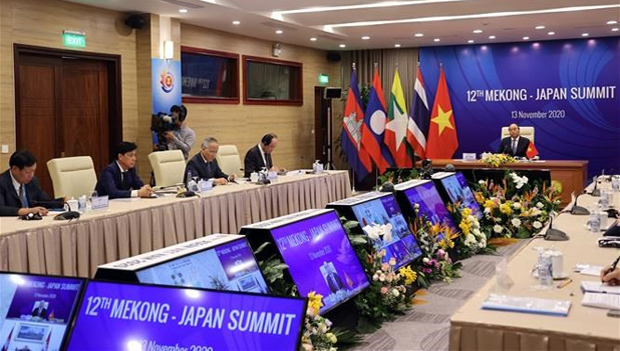Asian Transport Outlook Data to Support Larger and More Sustainable Transport Sector in Asia
The Asian Development Bank (ADB) has released a first batch of data as part of a new regional knowledge platform to guide sustainable transport development in Asia and the Pacific.





